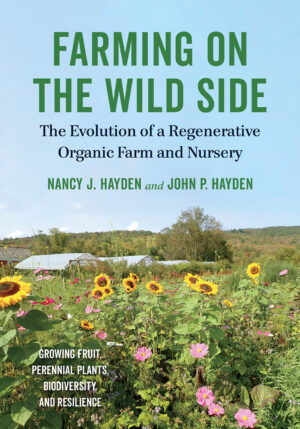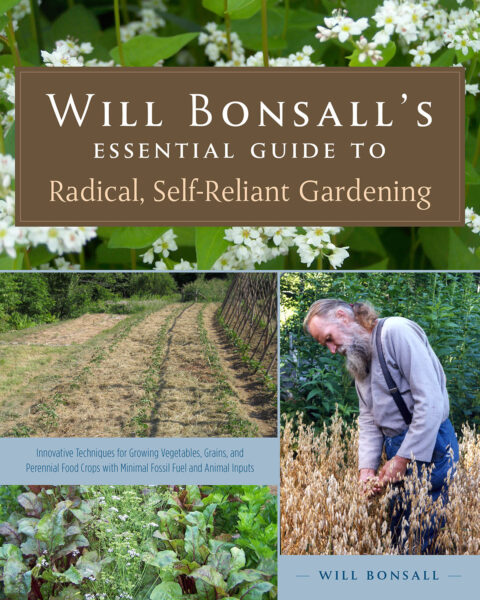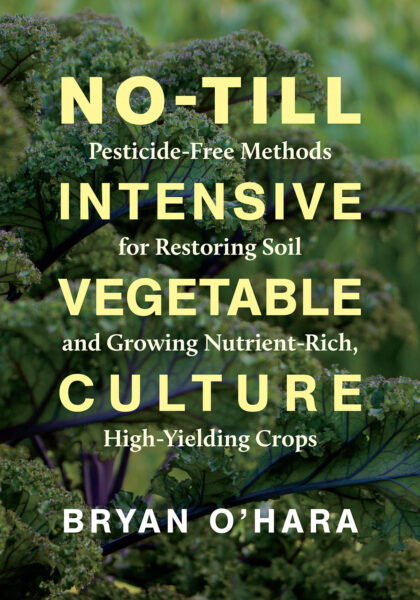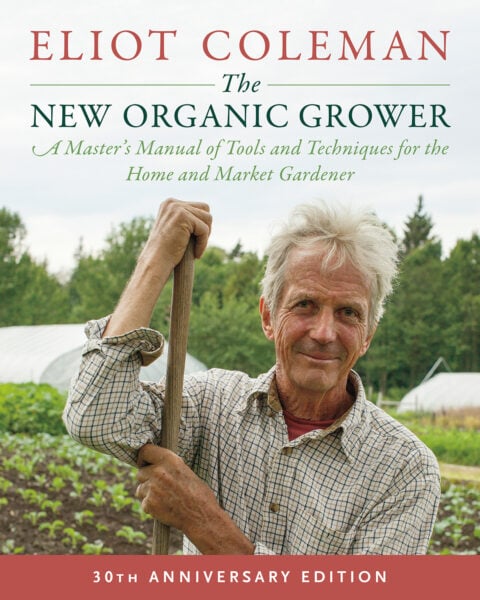Learning to Love Insects

With spring in full swing, bugs are making a reappearance in our gardens and in our lives. Before you reach for the fly swatter, consider this: While they inspire fear in many of us, bugs also play an important role in the ecosystem. So let’s learn to live with bugs, not in fear of them!
The following is an excerpt from Farming on the Wild Side by Nancy Hayden & John Hayden. It has been adapted for the web.
Photo Credit: Nancy J. Hayden and John P. Hayden
The story goes that the Dalai Lama was once asked how to change the world. His reply was to teach children to love insects. This beautiful sentiment of teaching love for the small life-forms that coinhabit the planet with us is something that we all can learn. Or if not love, then we can at least learn appreciation, compassion, and respect.
It’s not hard to do. It might even spill over to loving each other more too.
There’s a warm spot in our hearts for insects, for many reasons. We first got to know each other in an entomology class in college in 1978. For that class, each student was required to make a large insect reference collection with over three hundred specimens from different taxonomic Orders and Families. 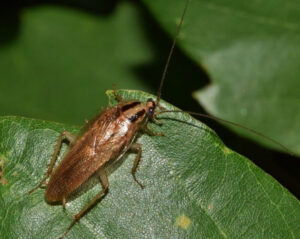
One of our first conversations revolved around the fact that Nancy had cockroaches in her college apartment (another taxonomic Family!) and John had silverfish (another taxonomic Order!). Trades were made, and the rest is history. That class also led us to delve into the amazing diversity, ecological importance, and transformational life cycles of insects. That introduction had a big impact on our compassion and fostered the positive relationship we have with them.
Insects have gotten a bad rap over the years, mostly from chemical and other industries trying to make a buck off people’s fear. We often wonder why so many people resort to chemicals as their first reaction to insect matters. In our Western culture, we’ve developed such a misplaced fear and loathing of these little critters when it really should be a fear of the pesticides and chemicals getting doused on our food and in the environment. Insects are amazing creatures. Their species diversity and sheer numbers on the planet are mind-boggling. And generally, plants can handle a certain amount of leaf damage. Don’t panic. It’s better to learn to live with them.
The current lack of ecological understanding within the general public and among government officials concerning the important role of insects in local and global ecosystems is alarming. The war on insects that is being waged in homes, gardens, and on farms reflects that ignorance. This war encourages a mentality of fear. The desire to control people, animals, and the environment is really based on human insecurities and a fear of change.
The inability to face the fact that life means change and impermanence prevents many people from truly enjoying life. Most people live so much in the past or the future, instead of the here and now. It’s a challenge, but perhaps if we increase our learning and appreciation for the natural world, observe its natural cycles of life, death, decay, and regeneration, and learn to love the insects, we could all be happier and healthier.
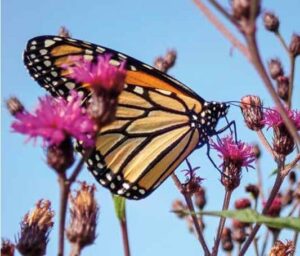
A monarch butterfly sips nectar from ironweed, a late-season blooming flower in the pollinator sanctuary. Photo Credit: Nancy Hayden & John Hayden
Will Allen in The War on Bugs and Joanna Louke in The Voice of the Infinite in the Small convincingly argue that Western society’s promotion of fear and loathing around insects started in the United States only a little over a hundred years ago, which is not so very long ago in human history. With their six legs, big eyes, ability to fly, and exotic sounds, insects can seem pretty foreign, though.
They fly at us and crawl over us; a few bite and make our skin welt up; flies buzz our ears; and a few even carry disease.
How can we possibly love them?
Joanna Louke points out that in other cultures around the world, insects have been revered as messengers and guides, and as deities incarnate.
Our own experience in Africa, where the local people weren’t afraid of them or trying to kill them all the time, even occasionally using them as a food source, brought us face-to-face with our own cultural conditioning. While the Kenyans and Malians we worked with didn’t want various insects eating their crops and didn’t like the mosquitoes that carried malaria, it was clear that they didn’t have the attitude of fear and hatred we’ve seen in the United States, which is only getting worse as people become more disconnected from the natural world. While a few insects (and other arthropods) do carry disease, and are therefore cause for concern, we think as a society we need to build more compassion and appreciation of nature, including these small creatures.
That’s one thing increased ecoliteracy can do.
Recommended Reads
Plants & Pests: Will Bonsall’s Advice on "Wee Beasties" in the Garden
Recent Articles
Garden strawberries are excellent for both covering the ground and for growing fruit. If you’re planning out a forest garden, or are just looking for a plant to use as ground cover, strawberries are a great option. The following is an excerpt from The Home-Scale Forest Garden by Dani Baker. It has been adapted for…
Read MoreAsparagus is a delicious vegetable with a layered history. How did this aspiring spear make its way from growing in the wild to appearing on our plates? The following is an excerpt from the The Seed Detective by Adam Alexander. It has been adapted for the web. “Nature gives us the key to every secret…
Read MoreInterested in growing trees? Here are some tips on successfully planting, transplanting, and pruning trees to create a flourishing forest garden! The following is an excerpt from The Home-Scale Forest Garden by Dani Baker. It has been adapted for the web. Planting Potted Trees and Shrubs If you order potted trees, check with your supplier to…
Read MoreWith the right strategies and practices, composting on a small farm is surprisingly easy and inexpensive. Just follow these steps for making compost, and your farm will be thriving in no time! The following excerpt is from The Lean Farm Guide to Growing Vegetables by Ben Hartman. It has been adapted for the web. (All photographs by Ben…
Read MoreGarlic mustard: while known as “invasive,” this plant can be consumed in its entirety and has great nutritional value. Plus, the garlic-flavor is a perfect addition to any recipe that calls for mustard! The following are excerpts from Beyond the War on Invasive Species by Tao Orion and The Wild Wisdom of Weeds by Katrina…
Read More

